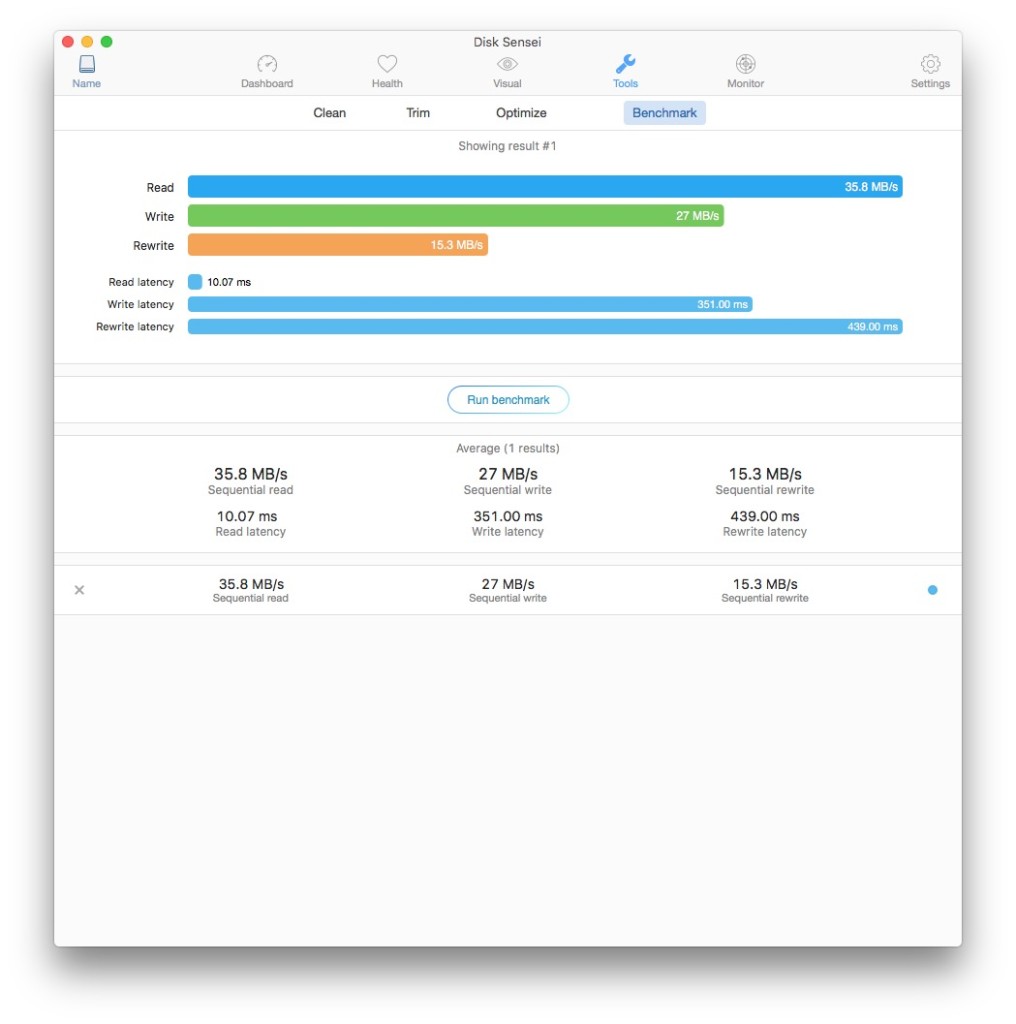
- Disk sensei malware drivers#
- Disk sensei malware software#
- Disk sensei malware Pc#
- Disk sensei malware mac#
Disk sensei malware Pc#
Since you already do PC IT, you probably know that MemTest86 is generally accepted as an improvement over the much older (and no longer supported, AFAIK) memtest. I have very little to add to the balanced advise you have already been given. Finally, you should know about Apple Hardware Test if you don't already.
Disk sensei malware mac#
There is a great deal of system health and status information in the System Information utility which is accessible from the About this Mac command. For other statistics I use iStat Menus, but since it is installed in the menu bar it may not be what you want to use to diagnose an end user's Mac.

Disk sensei malware software#
In other words, once you see disk errors piling up there is no point in scanning the disk because you're not going to fix it in software anyway, the hardware's already going bad, back up now and get rid of the drive before you regret it.įor getting details on the health of an internal SSDs/solid state drive, I use Disk Sensei.Ĭheck battery health, fans and other useful informationīattery health is available in System Profiler, and Battery Condition is available if you Option-click the battery icon in the menu bar. The emerging advice is that if a Mac is experiencing disk errors, especially those listed as I/O errors in the Console, the drive should be replaced before the problem spreads and destroys more data. scan for bad sectors), in the past scanning utilities were used, but drives are so much larger now they are not so practical to run. But that only takes care of the disk directory. There is no better disk directory repair utility than DiskWarrior. For serious disk directory problems, these are not enough, and DiskWarrior must be brought in. Prevention through user education is the most effective here.Īpple Disk Utility and fsck in single-user mode help diagnose and maintain the disk directory. But there are so few Mac exploits actually in the wild (especially relative to Windows) the the majority of end user issues with malware are not in the Mac itself but remotely based, like when end users click on phishing links in a web browser. I have used ClamXAV in the past, I have heard good things about Malwarebytes and Eset. Again, not necessary to test except to diagnose a problem.

I like running Memtest from another volume, like a USB stick. After caches are cleared, the Mac will be slower until the caches complete rebuilding. Though again, I never "clean up" a Mac except to solve a problem or change a hidden system setting due to personal preferences.Įxcessive or unnecessary cache cleaning slows performance, since the entire point of caches is to optimize for performance. Therefore, what's below are only for use when something has gone wrong.Ĭlean Caches and remove unnecessary clutter/buildup (like Cleaner for Windows) On normally running Macs, OS X has many built-in self-diagostic and correcting routines. In other words, they are not necessary to use on any Macs running normally. That's OK advice for an end user, but since you are in IT it is understood that sometimes, you have to get to the bottom of things on someone else's Mac and what is built into OS X does not always do the job.Īccordingly, the items on your list are not really maintenance. You are getting some advice to avoid of the things you asked about. Look at the pmset(1) man page for battery, etc information. There is no need to defragment the journaled OS X file system. OS X is sensitive to out of date device drivers, and print drivers. This can inform you what was happeing just before the crash. If you encounter an application crash, note the time in the Crash report, and look for it in terms of wall clock time in the Console application (Launchpad : Other : Console).

Disk sensei malware drivers#
Doing so will show you alot of what plug-ins and drivers are installed too. To get a detailed view of a Mac, run the EtreCheck reporting tool. This is just pressing and holding the shift key from a cold boot until you see the horizontal progress bar. If you want to clean out System caches, verify the boot disk, and rebuild System databases (e.g LaunchServices, Fonts, etc) - then just boot into Safe mode. Get it directly from the OS X App Store, or the vendor site. Avoid software downloads from aggregator sites like softonic, cnet, macupdate, and more. There are no viruses, but there certainly is malware, which is a reason for MalwareBytes. The first rule of OS X is not to try and administer it as though it were Windows. Absolutely no anti-virus, memory test, and no so-called cleaner applications! They either interfere with the normal security built-in to the OS X, or the so-called cleaners can and do remove critical parts of the OS requiring a reinstall.


 0 kommentar(er)
0 kommentar(er)
